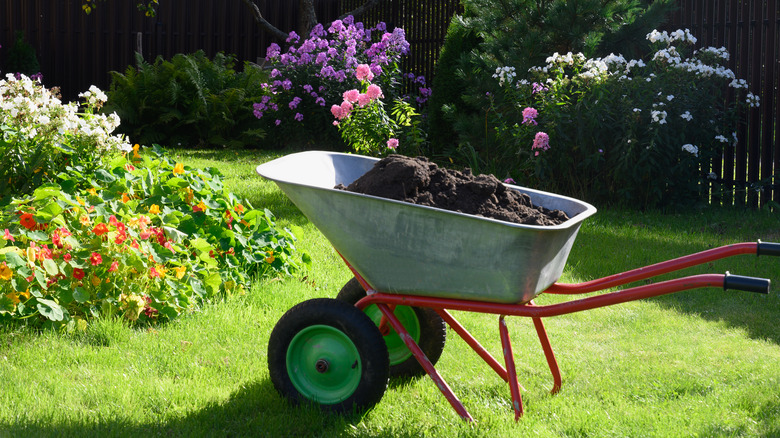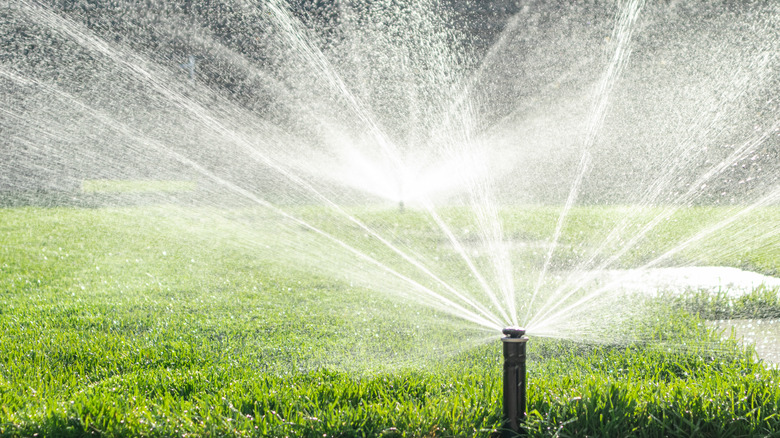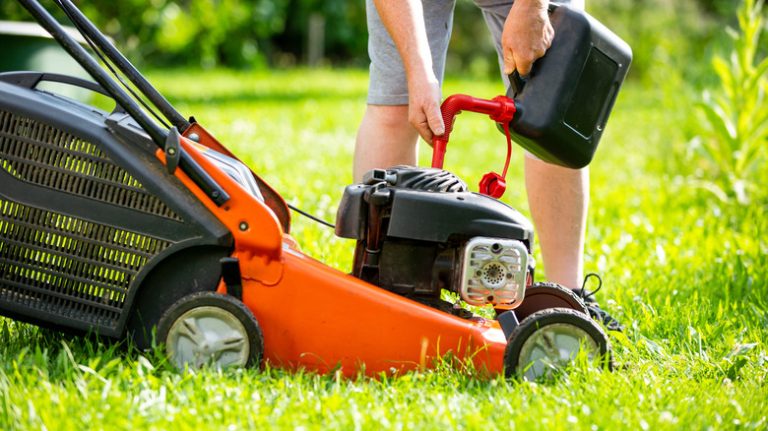A bumpy lawn detracts from your yard’s appearance and creates a nasty tripping hazard. Unfortunately, many homeowners feel like they require massive excavating equipment and expensive professionals to smooth out their lawns. However, this is not necessarily the case. You can remove bumps with a little hard work and without significant expenses. Properly spreading new soil, sand, and grass seed across the entire area will level the surface over time, giving your yard a superior appearance after a few weeks.
Any lawn can become uneven over time through many factors, such as soil erosion, excessive foot traffic, rainwater collecting in one area, pets digging holes, burrowing animals, underground sprinkler leaks, and tree roots lifting soil as they grow. However, just because a yard becomes bumpy doesn’t mean you did anything wrong as a homeowner. It’s often just a natural occurrence that becomes more noticeable over time. For instance, new build homes have a greater risk of ending up with bumpy terrain due to soil settling after construction.
Creating a flat area for the kids to play or to hold backyard parties improves the usability of your yard. Fixing uneven terrain is also an excellent way to cure a waterlogged lawn, as it prevents large puddles from forming after rainstorms.
Preparation required to level a bumpy lawn

If you notice uneven spots across most of your yard, it’s best to treat the entire space to reduce the humps rather than individual occurrences. If you plan to level your entire lawn, the best time for the project is late spring. You want to be sure that you are past any chance of a freeze occurring, which could negatively impact your efforts at smoothing out the soil. This is also the best time of the year to plant grass seed for most people.
Start by mowing the lawn and giving it plenty of water. Then run a garden rake across the lawn to dethatch it, loosening and removing dead grass and old organic materials. After that, use a garden fork or pitchfork to aerate the soil.
Next, use a wheelbarrow to create a 1:1 mixture of soil and sand. Add plenty of grass seed to this mix. You don’t want to cover your existing grass completely, but prepare enough material to address as many problem areas as possible. This process can take several applications to get right, so don’t worry if you still have bumps to address after your first crack at leveling your lawn.
Applying the leveling material to your yard and watering

Spread the mixture over your lawn, giving lower areas a bit more material. Use a push broom or a leveling rake to spread it. However, be sure to apply no more than ½ an inch in any one spot.
After applying, water the lawn well. This step settles the soil mixture and naturally levels it. You may notice some spots that remain low after watering. You can add more soil, sand, and grass seed to these areas. It may take multiple applications to fix these low spots gradually. Water your lawn generously for the next few days to benefit the new grass seed and encourage further leveling and settling.
If you notice extremely low spots in just a few areas, you may want to deal with these depressed spots exclusively rather than the entire yard. Take a shovel and dig into the grass around the perimeter of the low spot. Dig a few inches deep, so you can peel back the layer of grass without damaging the roots. Then, add the same mixture of soil, sand, and grass seed into the hole until it reaches the same level as the surrounding lawn. Replace the peeled-back grass layer and water the area thoroughly. You then can spread more soil mixture over the top to further smooth the area out over time.



